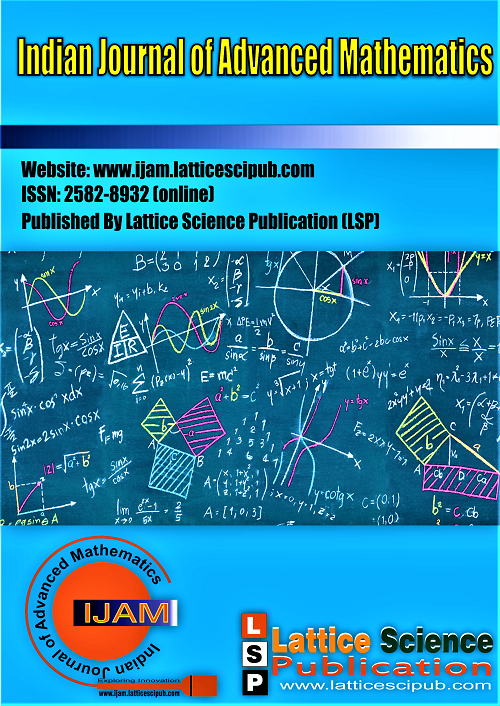Re-Evaluating the Value of π and Emerging New Concepts for Measuring Areas and Volumes Based on Translations and Rotations of Straight Lines, Planes, and Circles
Main Article Content
Abstract
The universal constant pie has been assigned a nonconverging value of approximately 3.145..., and this non-repeating, non-terminating decimal extends to millions—even trillions—of digits beyond the decimal point, as calculated by the most advanced computational methods. However, for thousands of years, mathematicians across different civilizations have attempted to determine the value of this fundamental constant in various ways. In geometry, angles are commonly expressed in terms of pie radians, and pie appears prominently in the formulas used to calculate the areas and volumes of curved geometrical figures such as circles, ellipses, spheres, cones, pyramids, and cylinders. Thus, pie has become an integral part of how we measure areas and volumes. Ancient scientists, in their efforts to understand and quantify the dimensions of curved or non-linear topological objects, sensed a recurring spatial constant underlying these forms. Over time, this invariant quantity came to be known as “pi.” The pursuit of its exact value has become a continuous endeavour spanning millennia, with each generation refining its estimation using increasingly sophisticated tools and methods. In this article, it is first emphasised that, although the mathematical parameters of area and volume have traditionally been expressed through formulas involving length, breadth, and height, their more profound physical significance has not been adequately explored. This work attempts to redefine area and volume fundamentally in terms of distance or length alone, offering new mathematical formulations for the areas and volumes of basic geometric shapes such as squares, cubes, circles, spheres, and others. Another critical shortcoming of conventional mathematics lies in its neglect of the reciprocal or inverse space of the universe when evaluating the value of pie. In recent research, it has been proposed that pie itself represents a circle whose radius corresponds to the smallest conceivable length in the universe. Furthermore, the existence of an inverse pie—always in conjugation and equilibrium with pie—is posited as essential for maintaining the balance of forces in the universe. Accordingly, this article presents a novel derivation of pie by simultaneously considering both the cosmos' direct space and the reciprocal (or inverse) space.
Downloads
Article Details

This work is licensed under a Creative Commons Attribution-NonCommercial-NoDerivatives 4.0 International License.
How to Cite
References
Saito, K. (2022). From Heron to Hilbert: Evolution of Area and Volume Concepts in Modern Mathematics. Historia Mathematica, 59, 45–68. https://doi.org/10.1016/j.hm.2022.02.004
Berggren, L., Borwein, J., & Borwein, P. (2018). Pi: A Source Book (4th ed.). Springer. https://doi.org/10.1007/978-1-4939-7571-0
Sahdev, N., & Bhattacharya, C. (2024). Space Physics of the Universe and the Evolution of π Space Quantum. International Journal of Advanced Physics, 5(1), 45–48. https://www.ijap.latticescipub.com/portfolio-item/a105705010425/
Hossenfelder, S. (2021). Minimal Length Scale Scenarios for Quantum Gravity. Living Reviews in Relativity, 24(1), 2. https://doi.org/10.1007/s41114-021-00031-1





